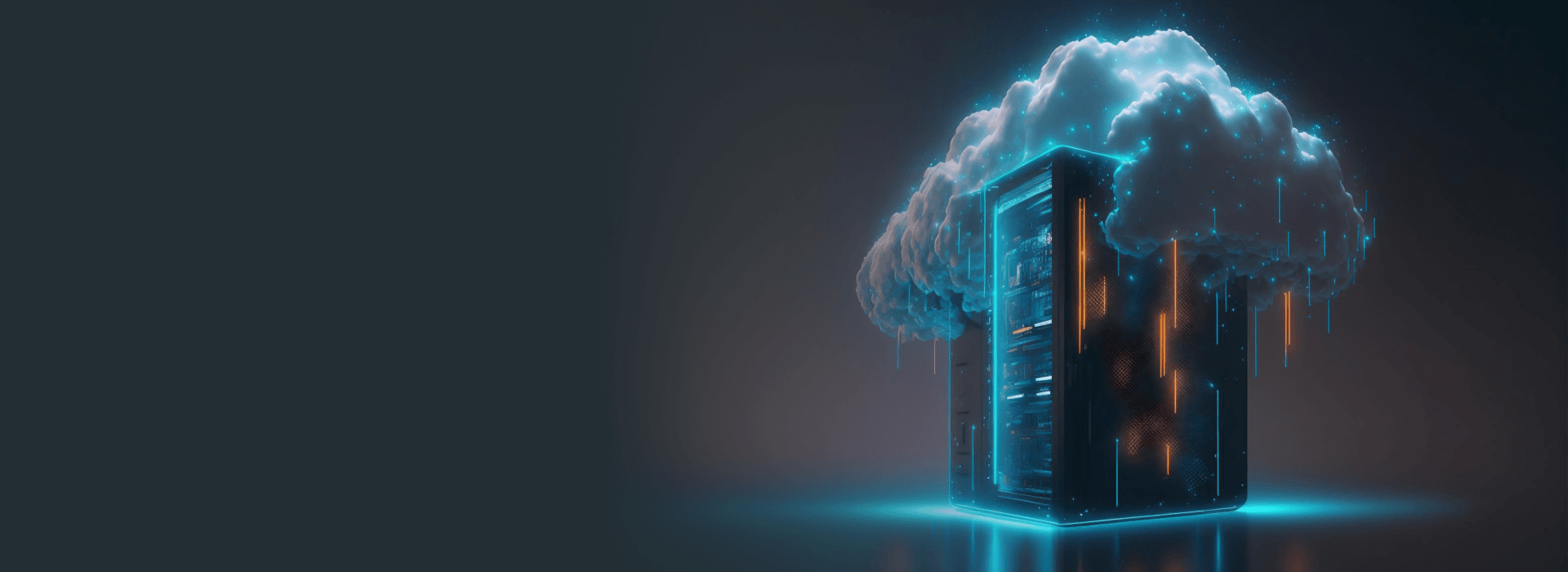In today’s fast-paced digital world, cloud computing is now the core of modern business. As companies move from traditional on-site systems to diverse cloud environments, managing who has access to what becomes increasingly complex. Identity and Access Management (IAM) is essential for maintaining security and trust in this new, decentralized setting. In this blog, we’ll look at the challenges of IAM in the cloud and explore solutions to help organizations build and maintain trust as they navigate this transition.
The Challenges of IAM in Cloud Environments
1. Decentralization of Resources – Moving to cloud computing means transferring data, applications, and services to multiple cloud platforms, creating a decentralized IT setup. This shift presents significant challenges for IAM, as traditional systems for managing identities often aren’t equipped to handle the complexities of working across multiple cloud or hybrid environments.
- Complexity in Management : Managing identities across multiple cloud providers requires integrating different IAM systems, each with its own set of policies and protocols.
- Visibility and Control : Ensuring visibility and control over who has access to what resources becomes more challenging as resources are spread across different environments.
2. Dynamic Nature of Cloud Environments – Constant addition and subtraction of resources as needed, makes cloud environments very dynamic in nature. This requires IAM systems to be just as flexible and responsive to keep up with the changes.
- Frequent Changes : The rapid scaling of resources and frequent changes in user roles necessitate continuous monitoring and updating of access controls.
- Temporary Access : To prevent unauthorized access, it is necessary to effectively manage temporary access permissions, often granted to third-party vendors or temporary employees.
3. Compliance and Regulatory Requirements – Organizations must follow various regulations that require strict control over access to sensitive data. Ensuring compliance in a decentralized cloud environment makes this even more complex.
- Data Residency : Different regions have their own rules about where data must be stored, which complicates managing access controls across various locations.
- Audit and Reporting : Thorough audit trails and reporting systems are essential for showing compliance and identifying any unusual access patterns.
Solutions for Effective IAM in the Cloud
1.Unified IAM Platforms – Using a unified IAM platform that works with multiple cloud providers can simplify identity management in decentralized environments.
- Single Sign-On (SSO) : It makes the login process easier and reduces the need to remember multiple passwords, by letting users access multiple cloud services with a single set of credentials.
- Centralized Policy Management : It ensures consistency and simplifies compliance with regulatory requirements by centralizing management of access policies.
2. Automated Provisioning and De-Provisioning – It significantly reduces the risk of unauthorized access and acts as a key to managing the dynamic nature of cloud environments.
- Role-Based Access Control (RBAC) : It makes it easier to manage access rights as roles change, by allowing organizations to assign permissions based on user roles.
- Just-In-Time (JIT) Access : It reduces the window of opportunity for potential misuse by ensuring that users are granted permissions only when needed.
3. Continuous Monitoring and Analytics – Continuous monitoring and real-time analytics are essential for maintaining trust and security in cloud environments.
- Anomaly Detection : It enables swift response to potential security incidents, by detecting unusual access patterns and trigger alerts.
- User Behavior Analytics (UBA) : It helps identifying insider threats and compromised accounts, by providing insights into user behavior.
4. Zero Trust Architecture – It is an approach where no user or device is automatically trusted, whether they are inside or outside the network.
- Micro-Segmentation : It limits the lateral movement of attackers and contains breaches, by dividing the network into smaller, isolated segments.
- Multi-Factor Authentication (MFA) : It ensures that unauthorized access is prevented even if credentials are compromised, by adding an extra layer of security.
5. Cloud Infrastructure Entitlement Management (CIEM) – Incorporating CIEM helps organizations manage and enforce entitlements for cloud infrastructure resources effectively.
- Entitlement Visibility : It provides clear visibility into entitlements and permissions across cloud resources.
- Access Governance : It ensures proper governance and compliance by managing and auditing cloud access permissions.
Conclusion
As organizations move to cloud computing, IAM becomes essential for ensuring security and trust. The decentralized nature of cloud environments presents unique challenges, but the right strategies and technologies can address these effectively. By using unified IAM platforms, automation, continuous monitoring, and Zero Trust principles, organizations can create strong IAM frameworks that maintain trust and security in a decentralized world.
IAM is more than just managing identities; it’s about establishing a foundation of trust that allows organizations to fully utilize cloud computing while protecting their most valuable assets.
